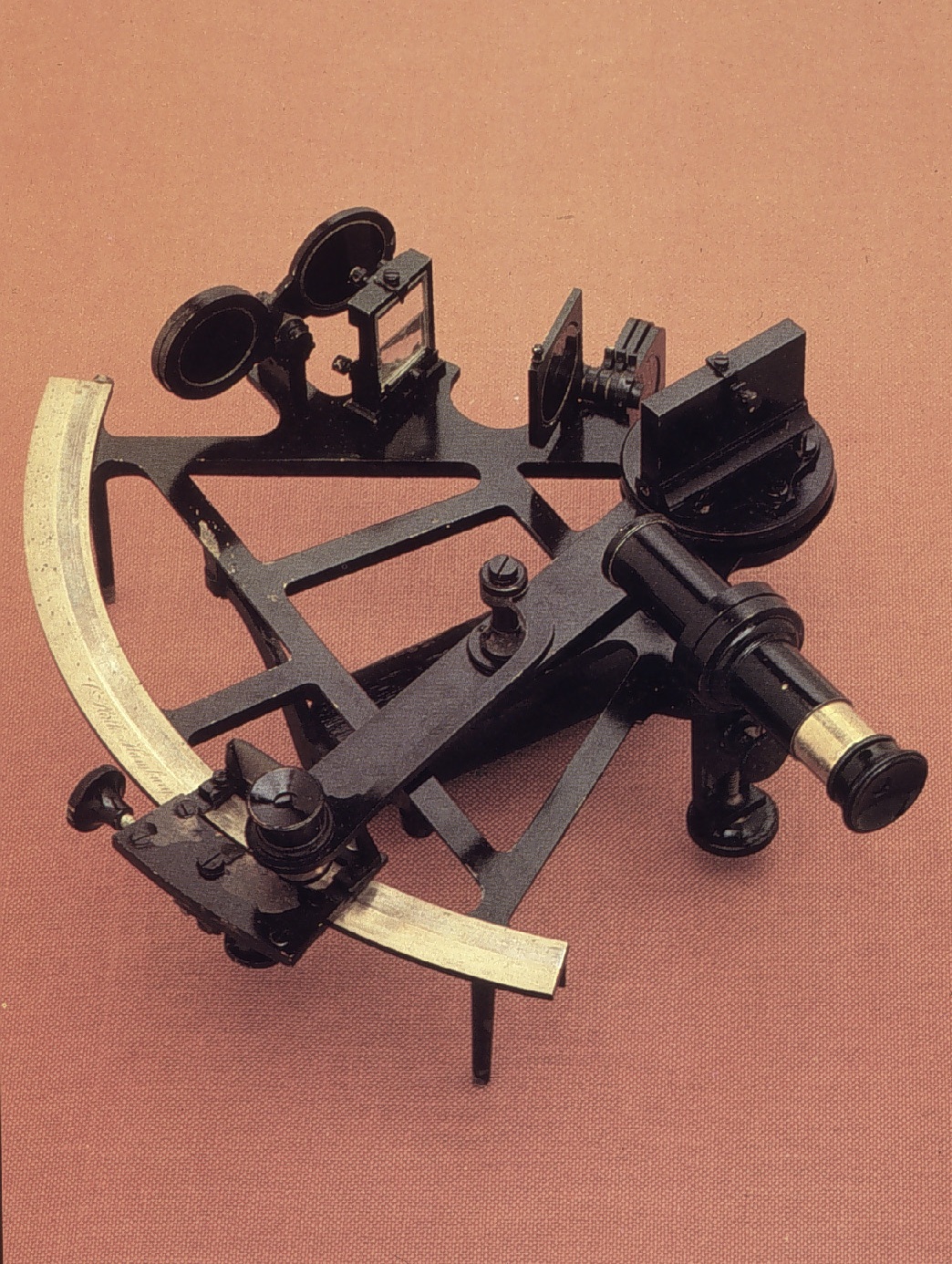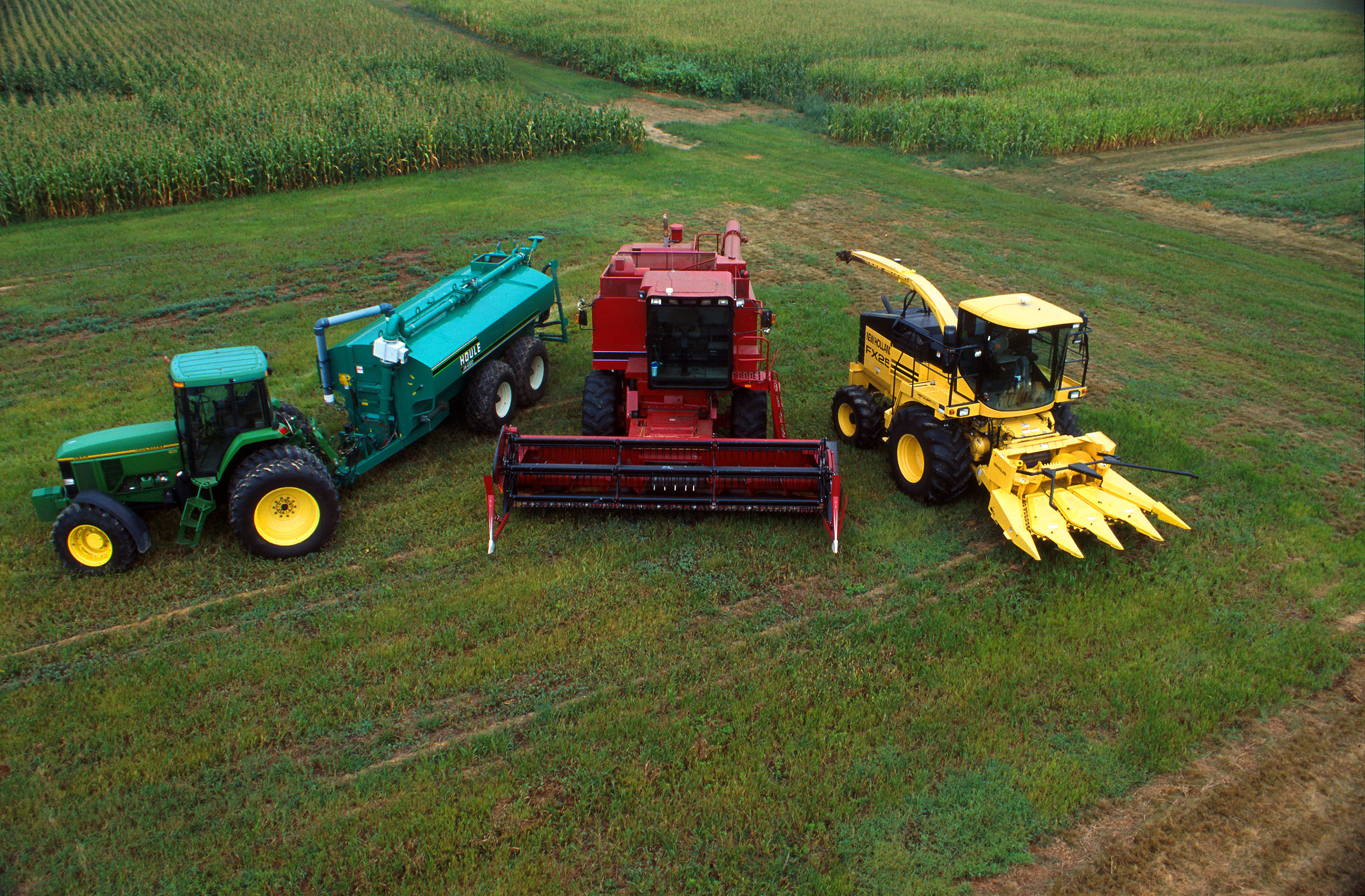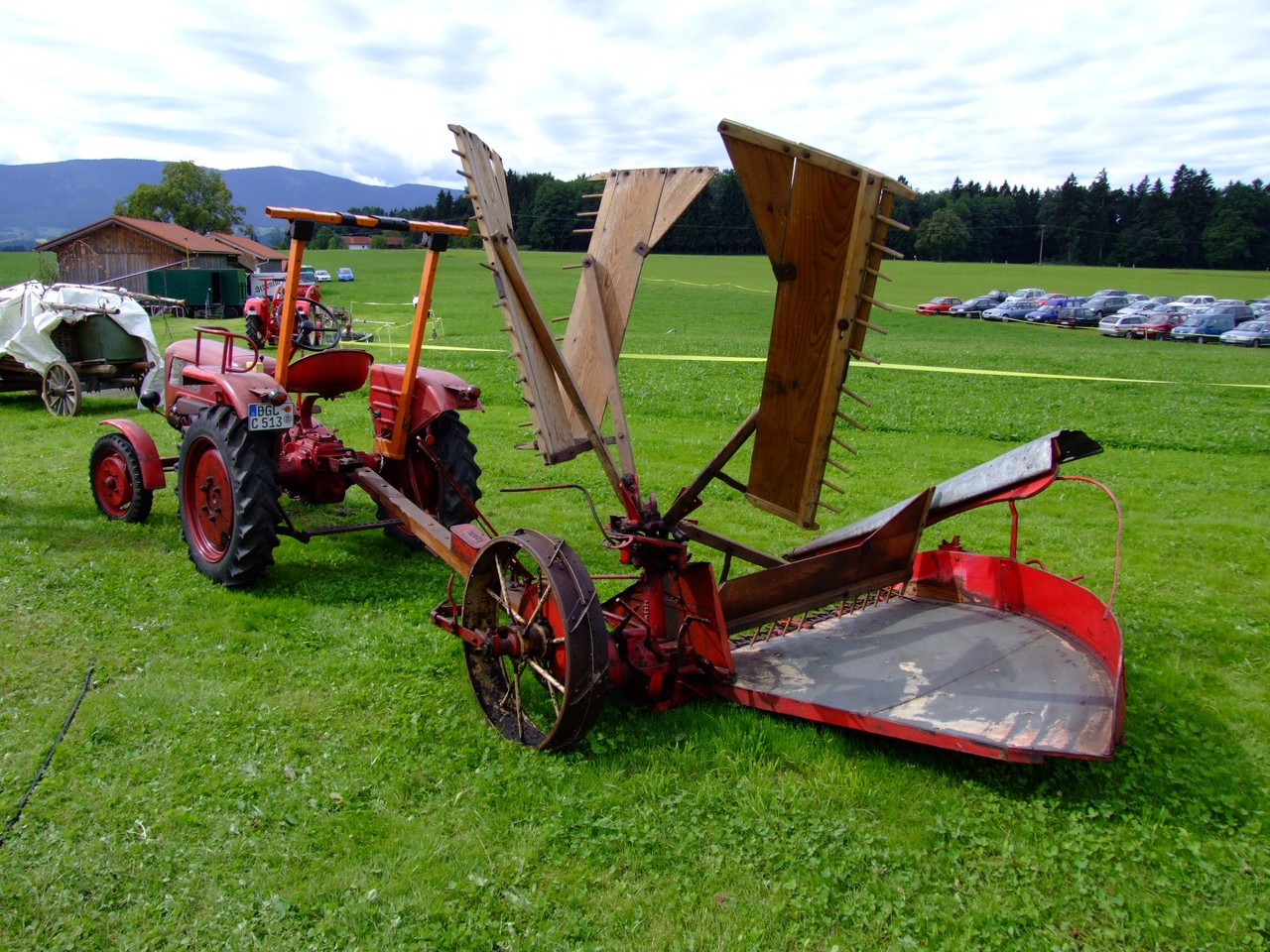|
Sanford Lockwood Cluett
Sanford Lockwood Cluett (June 6, 1874 – May 17, 1968) was an American engineer, inventor, and businessman who invented Sanforization (1928), a process to pre-shrink woven fabrics, and Clupak paper (1957) used for stretchable shopping bags and wrapping paper. Cluett held about 200 patents covering a variety of techniques. Cluett was vice president and a director of Cluett, Peabody and Company, Inc. of Troy, New York. During 1904–1917, Cluett had served in the New York National Guard, reaching the rank of major. Life and work Sanford Lockwood Cluett was born on June 6, 1874, in Troy, NY, as son of Edmund Cluett and Mary Alice Stone Cluett. He attended the local Troy Academy, graduating in 1894. Cluett received a civil engineering degree from Rensselaer Polytechnic Institute (RPI) in 1898. In 1897, Cluett had joined the New York National Guard, in the rank of private. He was active with the New York Volunteer Infantry during the Spanish–American War. By July 1898, he was tr ... [...More Info...] [...Related Items...] OR: [Wikipedia] [Google] [Baidu] |
Troy, New York
Troy is a city in the U.S. state of New York and the county seat of Rensselaer County. The city is located on the western edge of Rensselaer County and on the eastern bank of the Hudson River. Troy has close ties to the nearby cities of Albany and Schenectady, forming a region popularly called the Capital District. The city is one of the three major centers for the Albany metropolitan statistical area, which has a population of 1,170,483. At the 2020 census, the population of Troy was 51,401. Troy's motto is ''Ilium fuit, Troja est'', which means "Ilium was, Troy is". Today, Troy is home to Rensselaer Polytechnic Institute, the oldest private engineering and technical university in the US, founded in 1824. It is also home to Emma Willard School, an all-girls high school started by Emma Willard, a women's education activist, who sought to create a school for girls equal to their male counterparts. Due to the confluence of major waterways and a geography that supported water power ... [...More Info...] [...Related Items...] OR: [Wikipedia] [Google] [Baidu] |
Sextant
A sextant is a doubly reflecting navigation instrument that measures the angular distance between two visible objects. The primary use of a sextant is to measure the angle between an astronomical object and the horizon for the purposes of celestial navigation. The estimation of this angle, the altitude, is known as ''sighting'' or ''shooting'' the object, or ''taking a sight''. The angle, and the time when it was measured, can be used to calculate a position line on a nautical or aeronautical chart—for example, sighting the Sun at noon or Polaris at night (in the Northern Hemisphere) to estimate latitude (with sight reduction). Sighting the height of a landmark can give a measure of ''distance off'' and, held horizontally, a sextant can measure angles between objects for a position on a chart. A sextant can also be used to measure the lunar distance between the moon and another celestial object (such as a star or planet) in order to determine Greenwich Mean Time and hence ... [...More Info...] [...Related Items...] OR: [Wikipedia] [Google] [Baidu] |
19th-century American Inventors
The 19th (nineteenth) century began on 1 January 1801 ( MDCCCI), and ended on 31 December 1900 ( MCM). The 19th century was the ninth century of the 2nd millennium. The 19th century was characterized by vast social upheaval. Slavery was abolished in much of Europe and the Americas. The First Industrial Revolution, though it began in the late 18th century, expanding beyond its British homeland for the first time during this century, particularly remaking the economies and societies of the Low Countries, the Rhineland, Northern Italy, and the Northeastern United States. A few decades later, the Second Industrial Revolution led to ever more massive urbanization and much higher levels of productivity, profit, and prosperity, a pattern that continued into the 20th century. The Islamic gunpowder empires fell into decline and European imperialism brought much of South Asia, Southeast Asia, and almost all of Africa under colonial rule. It was also marked by the collapse of the large S ... [...More Info...] [...Related Items...] OR: [Wikipedia] [Google] [Baidu] |
1968 Deaths
The year was highlighted by protests and other unrests that occurred worldwide. Events January–February * January 5 – " Prague Spring": Alexander Dubček is chosen as leader of the Communist Party of Czechoslovakia. * January 10 – John Gorton is sworn in as 19th Prime Minister of Australia, taking over from John McEwen after being elected leader of the Liberal Party the previous day, following the disappearance of Harold Holt. Gorton becomes the only Senator to become Prime Minister, though he immediately transfers to the House of Representatives through the 1968 Higgins by-election in Holt's vacant seat. * January 15 – The 1968 Belice earthquake in Sicily kills 380 and injures around 1,000. * January 21 ** Vietnam War: Battle of Khe Sanh – One of the most publicized and controversial battles of the war begins, ending on April 8. ** 1968 Thule Air Base B-52 crash: A U.S. B-52 Stratofortress crashes in Greenland, discharging 4 nuclear bombs. * ... [...More Info...] [...Related Items...] OR: [Wikipedia] [Google] [Baidu] |
1874 Births
Events January–March * January 1 – New York City annexes The Bronx. * January 2 – Ignacio María González becomes head of state of the Dominican Republic for the first time. * January 3 – Third Carlist War – Battle of Caspe: Campaigning on the Ebro in Aragon for the Spanish Republican Government, Colonel Eulogio Despujol surprises a Carlist force under Manuel Marco de Bello at Caspe, northeast of Alcañiz. In a brilliant action the Carlists are routed, losing 200 prisoners and 80 horses, while Despujol is promoted to Brigadier and becomes Conde de Caspe. * January 20 – The Pangkor Treaty (also known as the Pangkor Engagement), by which the British extended their control over first the Sultanate of Perak, and later the other independent Malay States, is signed. * January 23 **Alfred, Duke of Saxe-Coburg and Gotha, Prince Alfred, Duke of Edinburgh, second son of Queen Victoria, marries Grand Duchess Maria Alexandrovna of Russia, only daug ... [...More Info...] [...Related Items...] OR: [Wikipedia] [Google] [Baidu] |
Cotton Gin
A cotton gin—meaning "cotton engine"—is a machine that quickly and easily separates cotton fibers from their seeds, enabling much greater productivity than manual cotton separation.. Reprinted by McGraw-Hill, New York and London, 1926 (); and by Lindsay Publications, Inc., Bradley, Illinois, (). The fibers are then processed into various cotton goods such as calico, while any undamaged cotton is used largely for textiles like clothing. The separated seeds may be used to grow more cotton or to produce cottonseed oil. Handheld roller gins had been used in the Indian subcontinent since at earliest AD 500 and then in other regions. The Indian worm-gear roller gin, invented sometime around the 16th century, has, according to Lakwete, remained virtually unchanged up to the present time. A modern mechanical cotton gin was created by American inventor Eli Whitney in 1793 and patented in 1794. Whitney's gin used a combination of a wire screen and small wire hooks to pull the cot ... [...More Info...] [...Related Items...] OR: [Wikipedia] [Google] [Baidu] |
Eli Whitney
Eli Whitney Jr. (December 8, 1765January 8, 1825) was an American inventor, widely known for inventing the cotton gin, one of the key inventions of the Industrial Revolution that shaped the economy of the Antebellum South. Although Whitney himself believed that his invention would reduce the need for enslaved labor and help hasten the end of southern slavery, Whitney's invention made upland short cotton into a profitable crop, which strengthened the economic foundation of slavery in the United States and prolonged the institution. Despite the social and economic impact of his invention, Whitney lost many profits in legal battles over patent infringement for the cotton gin. Thereafter, he turned his attention into securing contracts with the government in the manufacture of muskets for the newly formed United States Army. He continued making arms and inventing until his death in 1825. Early life and education Whitney was born in Westborough, Massachusetts, on December 8, 1765, ... [...More Info...] [...Related Items...] OR: [Wikipedia] [Google] [Baidu] |
Ball Recording Sextant
A ball is a round object (usually spherical, but can sometimes be ovoid) with several uses. It is used in ball games, where the play of the game follows the state of the ball as it is hit, kicked or thrown by players. Balls can also be used for simpler activities, such as catch or juggling. Balls made from hard-wearing materials are used in engineering applications to provide very low friction bearings, known as ball bearings. Black-powder weapons use stone and metal balls as projectiles. Although many types of balls are today made from rubber, this form was unknown outside the Americas until after the voyages of Columbus. The Spanish were the first Europeans to see the bouncing rubber balls (although solid and not inflated) which were employed most notably in the Mesoamerican ballgame. Balls used in various sports in other parts of the world prior to Columbus were made from other materials such as animal bladders or skins, stuffed with various materials. As balls are one of ... [...More Info...] [...Related Items...] OR: [Wikipedia] [Google] [Baidu] |
Sanforizing
Sanforization is a treatment for fabrics to reduce shrinkage from washing. The process was patented by Sanford Lockwood Cluett (1874–1968) in 1930. It works by stretching, shrinking and fixing the woven cloth in both length and width before cutting and producing, to reduce the shrinkage which would otherwise occur after washing. The original patent mentioned "goods of cotton, linen, woolen, silk, rayon, and combinations thereof". Process The cloth is continually fed into the sanforizing machine and therein moistened with either water or steam. A rotating cylinder presses a rubber sleeve against another, heated, rotating cylinder. Thereby the sleeve briefly gets compressed and laterally expanded, afterwards relaxing to its normal thickness. The cloth to be treated is transported between rubber sleeve and heated cylinder and is forced to follow this brief compression and lateral expansion, and relaxation. It is thus shrunk. The greater the pressure applied to the rubber sleeve ... [...More Info...] [...Related Items...] OR: [Wikipedia] [Google] [Baidu] |
Arrow Shirts
An arrow is a fin-stabilized projectile launched by a bow. A typical arrow usually consists of a long, stiff, straight shaft with a weighty (and usually sharp and pointed) arrowhead attached to the front end, multiple fin-like stabilizers called fletchings mounted near the rear, and a slot at the rear end called a nock for engaging the bowstring. A container or bag carrying additional arrows for convenient reloading is called a quiver. The use of bows and arrows by humans predates recorded history and is common to most cultures. A craftsman who makes arrows is a fletcher, and one that makes arrowheads is an arrowsmith.Paterson ''Encyclopaedia of Archery'' p. 56 History The oldest evidence of likely arrowheads, dating to c. 64,000 years ago, were found in Sibudu Cave, current South Africa.Backwell L, d'Errico F, Wadley L.(2008). Middle Stone Age bone tools from the Howiesons Poort layers, Sibudu Cave, South Africa. Journal of Archaeological Science, 35:1566–1580. Backwell ... [...More Info...] [...Related Items...] OR: [Wikipedia] [Google] [Baidu] |
Farm Machinery
Agricultural machinery relates to the mechanical structures and devices used in farming or other agriculture. There are many types of such equipment, from hand tools and power tools to tractors and the countless kinds of farm implements that they tow or operate. Diverse arrays of equipment are used in both organic and nonorganic farming. Especially since the advent of mechanised agriculture, agricultural machinery is an indispensable part of how the world is fed. History The Industrial Revolution With the coming of the Industrial Revolution and the development of more complicated machines, farming methods took a great leap forward. Instead of harvesting grain by hand with a sharp blade, wheeled machines cut a continuous swath. Instead of threshing the grain by beating it with sticks, threshing machines separated the seeds from the heads and stalks. The first tractors appeared in the late 19th century. Steam power Power for agricultural machinery was originally supplied by ... [...More Info...] [...Related Items...] OR: [Wikipedia] [Google] [Baidu] |
Reaper
A reaper is a agricultural machinery, farm implement or person that wikt:reap#Verb, reaps (cuts and often also gathers) crops at harvest when they are ripe. Usually the crop involved is a cereal grass. The first documented reaping machines were Gallic reapers that were used in Roman times in what would become modern-day France. The Gallic reaper involved a comb which collected the heads, with an operator knocking the grain into a box for later threshing. Most modern mechanical reapers cut Poaceae, grass; most also gather it, either by windrowing or picking it up. Modern machines that not only cut and gather the grass but also threshing, thresh its seeds (the grain), winnowing, winnow the grain, and deliver it to a truck or wagon, called combine harvesters or simply combines, which are the engineering descendants of earlier reapers. Hay is harvested somewhat differently from grain; in modern haymaking, the machine that cuts the grass is called a hay mower or, if integrated wit ... [...More Info...] [...Related Items...] OR: [Wikipedia] [Google] [Baidu] |






_(14765101194).jpg)


